With love for European cultural heritage - Master's students discover Transylvania
To complete their postgraduate Master's degree in "Schutz Europäischer Kulturgüter" (SEK), students travelled to Romania from 8 to 16 April 2025 to learn more about the cultural heritage of the Transylvanian Saxons. The study trip focussed on the characteristic churches typical of the region.
For many years now, the final study trip of the four-semester "Schutz Europäischer Kulturgüter" course has taken students to the homeland of the Transylvanian Saxons. For more than 800 years, they shaped not only the economy and social life, but also the cultural landscape of Transylvania in present-day Romania. To this day, more than 160 characteristic churches bear witness to this culture - mostly Gothic church buildings that were reinforced with walls and towers to withstand the Ottoman invasions.
During the trip, the study group explored almost 20 of these very differently preserved churches - in quiet villages and spectacular locations, including the capital of Transylvania, Sibiu, and the medieval town of Sighișoara. There was also time to explore Bucharest - including a visit to the Palace of Parliament and discussions with members of parliament - as well as a visit to Bran Castle, which is associated with the Dracula legend.
Gallery Transylvania
"The trip through Romania was a remarkable cultural experience, characterised by the warmth of the people and their fascinating stories," emphasised student Marius at the end of the trip. The architect noted with particular interest "that Romania, as an EU member state, has different approaches to the protection of historical monuments and how differently historical buildings and cultural assets are treated - a reflection of the values and priorities of the respective societies". His fellow student Michaela, who works as an interpreter alongside her studies, reports: "One of the things that impressed me so much about travelling through Transylvania was that I got to know a piece of German history. I had heard of the Transylvanian Saxons before, but I hadn't realised how large and diverse the cultural heritage is that they left behind."
The "particularly endearing opportunity to immerse myself in another culture" was emphasised by sinologist Renee after the trip. He particularly appreciated the opportunity to socialise with many people. This aspect of the trip was also important for gold gilder Beatrix: "I was particularly impressed by the hospitality and openness of the people in Transylvania, it was like visiting family or friends. During these conversations with delicious home-cooked meals, it became clear once again how important it is to share and support each other in order to preserve cultural heritage."
Ruth István had ensured that this exchange was made possible. She herself comes from a family of Transylvanian Saxons and has returned to the homeland of her ancestors eleven years ago. Since then, she has been committed to communicating and preserving this cultural heritage - both to those who have emigrated and bring nostalgic memories with them, as well as to new interested target groups. She has been working with the Viadrina study course for several years and was enthusiastic about the most recent trip: "It is always a great pleasure to travel through the characteristic church landscape with the Master's graduates of the SEK study course. The students from different professional backgrounds and with diverse interests and specialisations are united by their love of European cultural heritage - what a wonderful foundation to build on!"
Izabella Parowicz, a member of staff at the Viadrina Professorship of Heritage Studies, accompanied the students on the study trip for the fourth time. She always returns to the Transylvanian region full of joy. "Every time I discover the region and its cultural diversity, the shared heritage of many nations and their hidden stories together with a new group of students," says Izabella Parowicz. The churches represent an incomparable and interesting cultural heritage. "After the mass emigration of the Transylvanian Saxons to Germany in the 1990s, most of these churches were empty - only around seven per cent of them still have active congregations with their own pastoral care," says PD Dr Izabella Parowicz, explaining the special situation. During her travels, she has observed that preserving the churches is a major challenge, especially for today's predominantly Orthodox Romanian population, who often feel little religious and culturally connected to these buildings, which have been characterised by Protestantism for centuries.
She led the current trip with Prof Dr Paul Zalewski, holder of the Professorship for Denkmalkunde, and Prof Dr Thorsten Albrecht, Head of the Art Department of the Evangelical Lutheran Church of Hanover. As a guest lecturer, Albrecht familiarised the students in particular with the art-historical details of the characteristic churches they visited. The trip was organised in collaboration with the Stiftung Kirchenburgen.
Translated by DeepL and edited
Back to the news portal
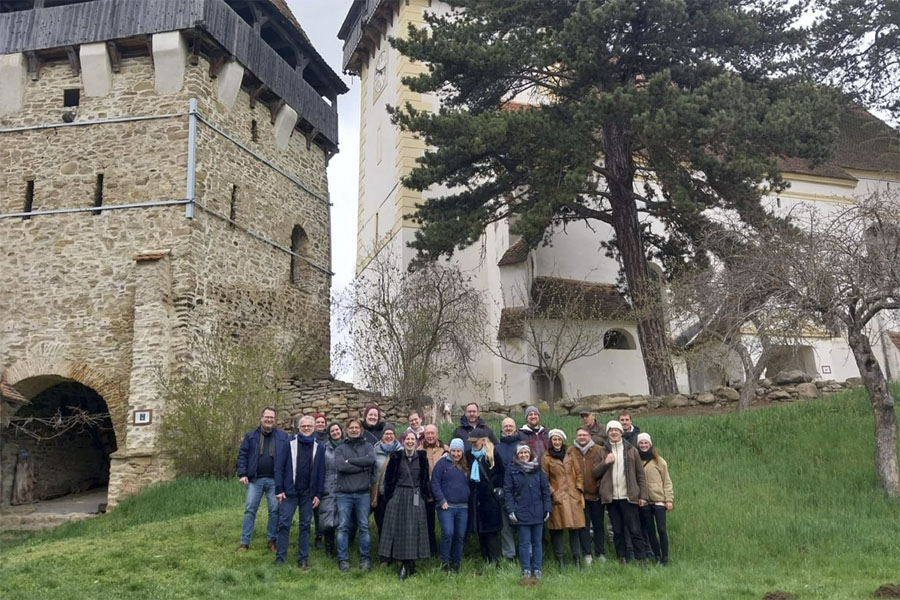
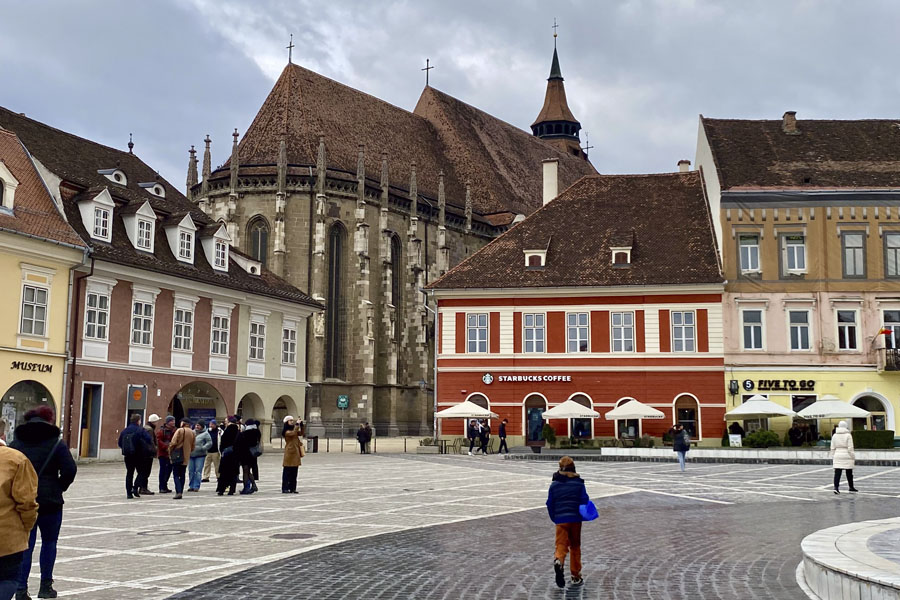
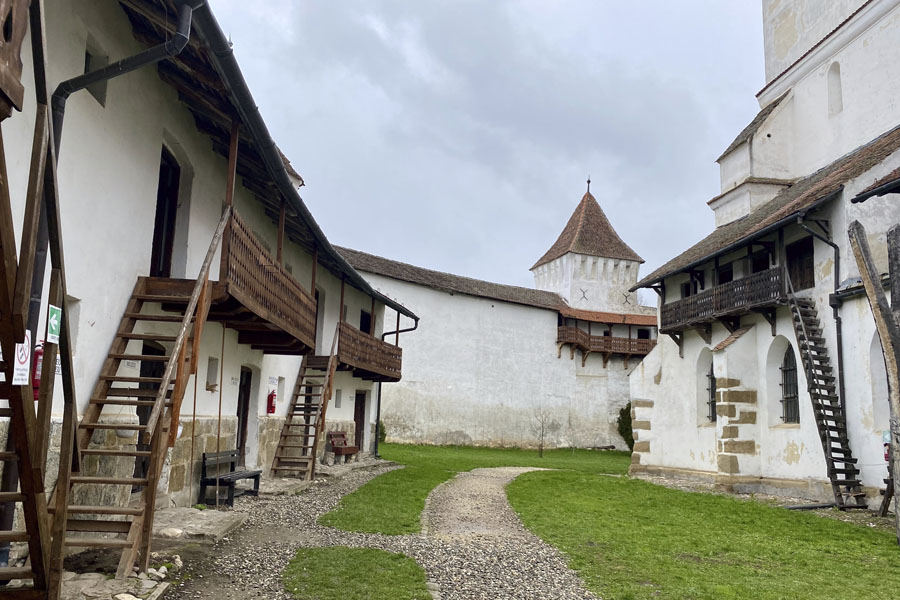
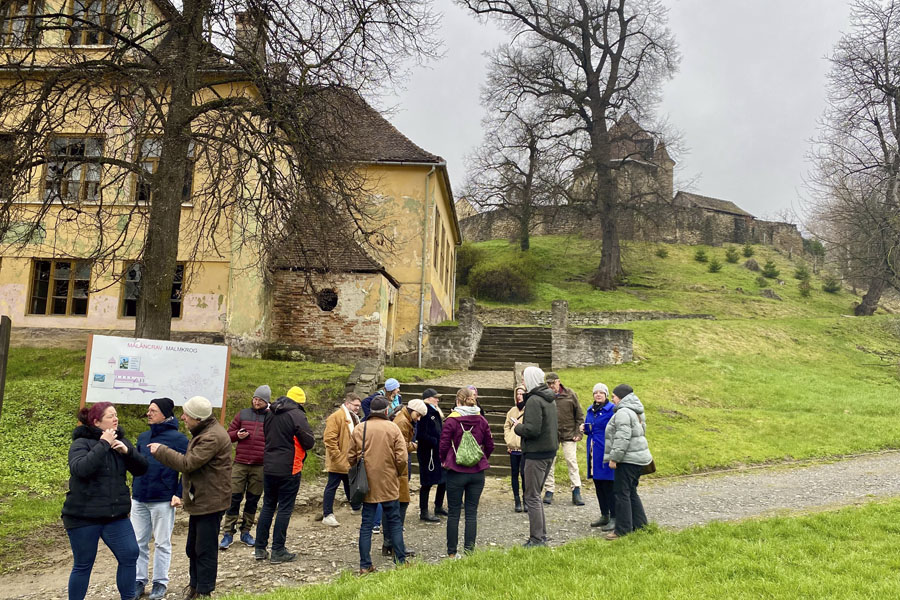
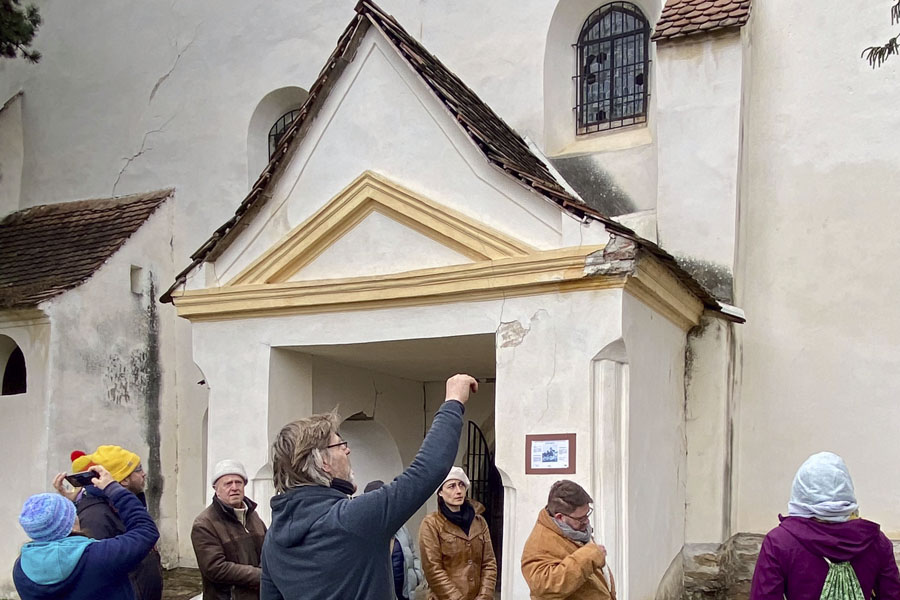
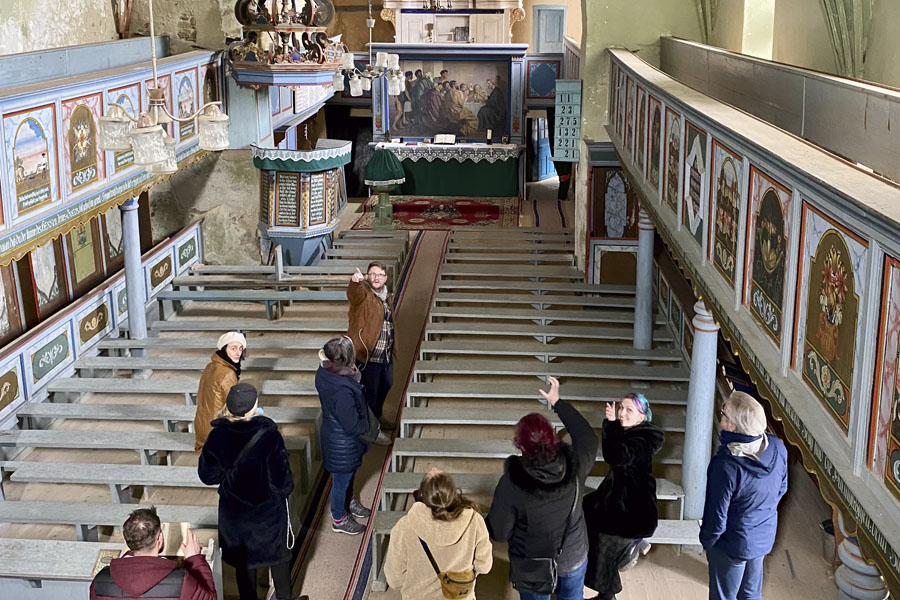
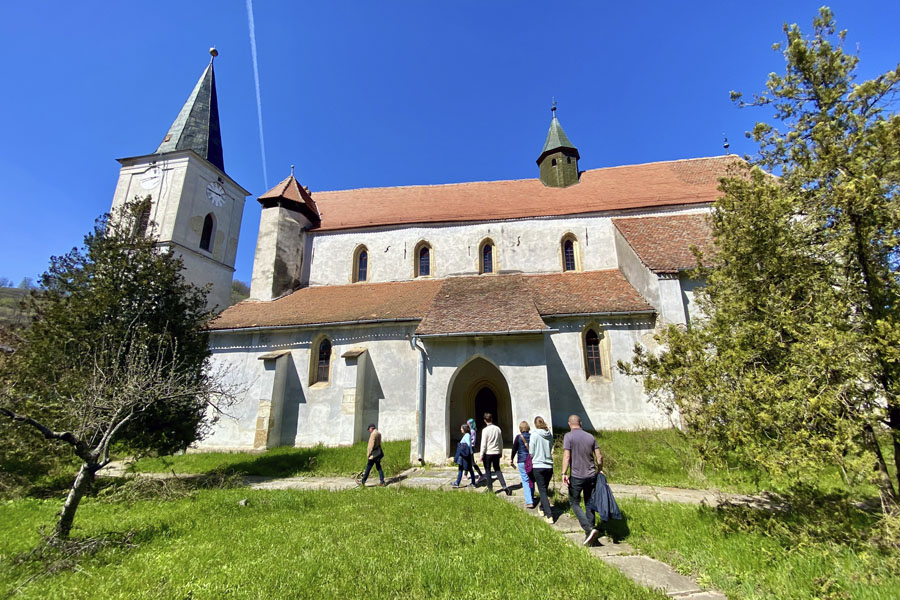
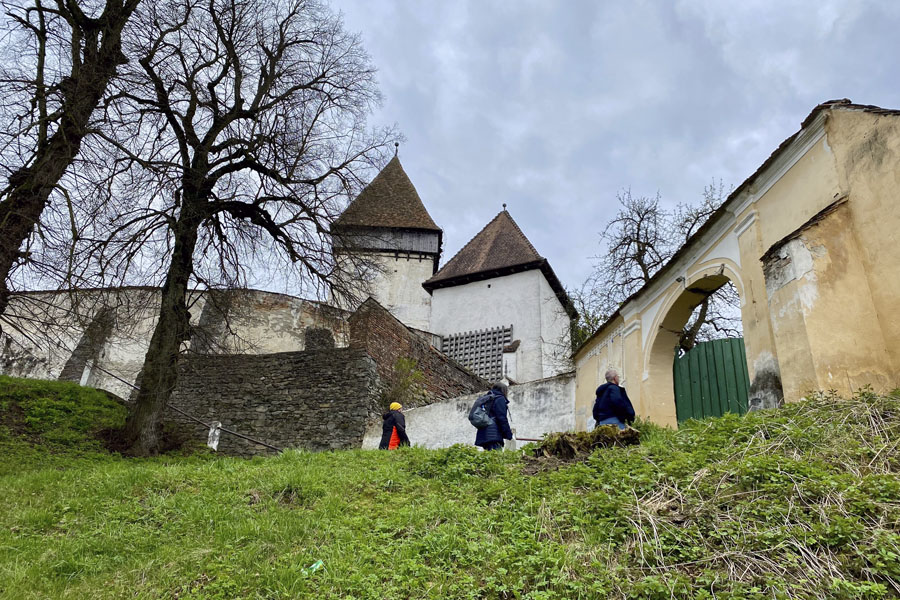
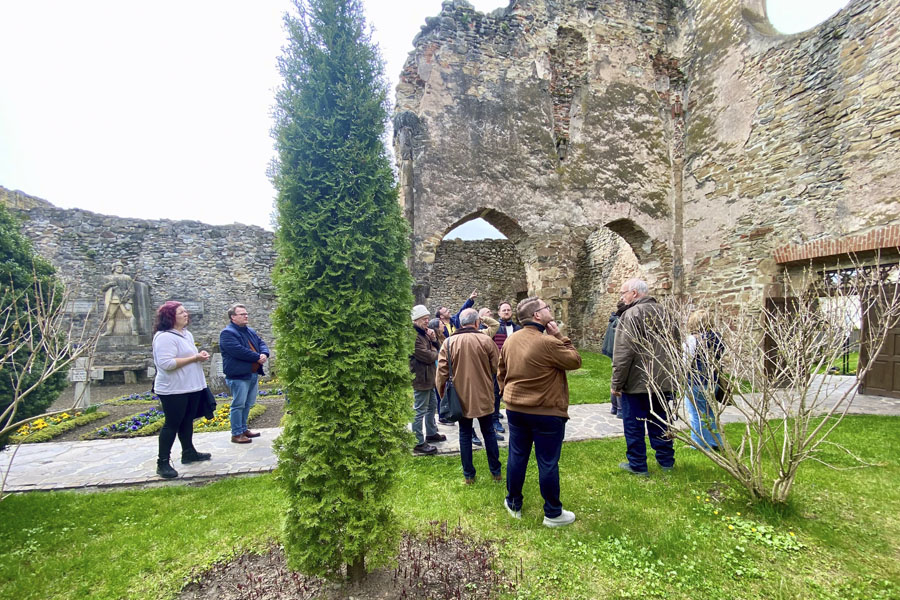
Share article: